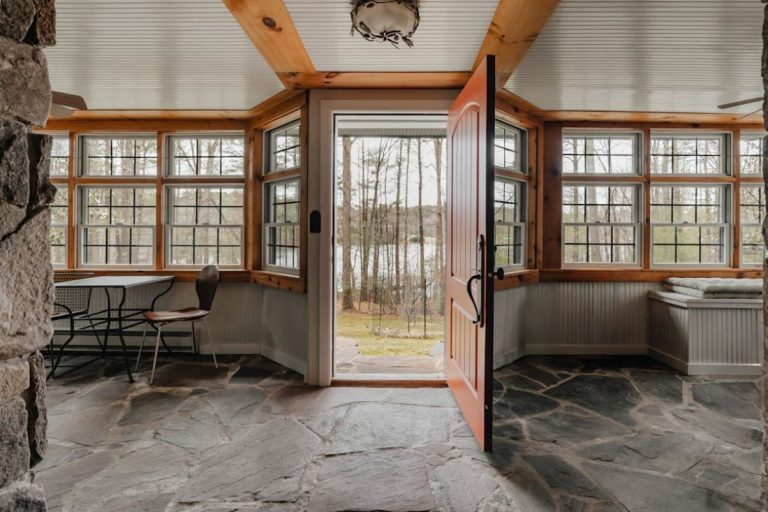
Creating an aesthetically pleasing landscape involves much more than just planting a few flowers and trees. To achieve a harmonious and visually appealing outdoor space, one must consider several design principles. Whether you are revamping an existing garden or starting from scratch, understanding these principles can help you create a landscape that is not only beautiful but also functional and sustainable.
**Balance**
Balance is a fundamental principle in landscape design. It refers to the visual equilibrium in a space and can be achieved through symmetrical or asymmetrical means. Symmetrical balance involves creating a mirror image on either side of a central axis, while asymmetrical balance involves distributing visual weight unequally to achieve equilibrium. By carefully considering the placement of elements such as plants, hardscape features, and focal points, you can create a sense of balance in your landscape.
**Unity**
Unity in landscape design refers to the coherence and consistency of the elements in a space. By repeating certain colors, textures, or shapes throughout the landscape, you can create a sense of cohesion and harmony. This principle helps tie the different components of your landscape together, creating a unified and well-integrated outdoor space.
**Proportion and Scale**
Proportion and scale are crucial considerations in landscape design, as they determine the relationship between various elements in a space. Proportion refers to the size of different elements in relation to each other and the overall landscape, while scale refers to the size of elements in relation to the surrounding environment. By carefully considering proportion and scale, you can create a visually balanced and harmonious landscape that feels well-suited to its surroundings.
**Rhythm and Repetition**
Rhythm and repetition are design principles that help create a sense of movement and visual interest in a landscape. By repeating certain elements such as plants, colors, or patterns, you can establish a sense of continuity and flow throughout the space. Rhythm, on the other hand, involves the careful arrangement of elements to create a sense of movement and progression. These principles can help create a dynamic and engaging landscape that draws the eye and invites exploration.
**Emphasis**
Emphasis is a design principle that helps create focal points and visual interest in a landscape. By highlighting certain elements such as a striking plant, a unique hardscape feature, or a water feature, you can draw attention and create a sense of importance in a space. Emphasis helps guide the viewer’s eye through the landscape and creates areas of interest and intrigue.
**Sustainability**
In today’s world, sustainable landscaping practices are more important than ever. By incorporating native plants, reducing water usage, and promoting biodiversity, you can create a landscape that is not only beautiful but also environmentally friendly. Sustainable landscaping practices help conserve resources, support local ecosystems, and create a healthier outdoor environment for both people and wildlife.
**Adaptability**
A well-designed landscape should be able to evolve and adapt over time. By considering factors such as growth rates, maintenance requirements, and changing environmental conditions, you can create a landscape that is resilient and flexible. Designing with adaptability in mind allows for future changes and adjustments, ensuring that your outdoor space remains vibrant and functional for years to come.
**Innovation and Creativity**
While it is essential to understand and apply traditional design principles, innovation and creativity are also crucial in landscape design. Experimenting with new materials, techniques, and plant combinations can help create unique and original landscapes that reflect your personal style and vision. Embracing innovation and creativity allows for endless possibilities in landscape design and can result in truly remarkable outdoor spaces.
**In Summary**
In conclusion, incorporating these landscape design principles can help you create a beautiful, functional, and sustainable outdoor space. By considering factors such as balance, unity, proportion, rhythm, emphasis, sustainability, adaptability, and innovation, you can design a landscape that is not only visually appealing but also harmonious and enduring. Whether you are a seasoned gardener or a novice landscaper, understanding and applying these principles can help you transform your outdoor space into a welcoming and captivating environment.





